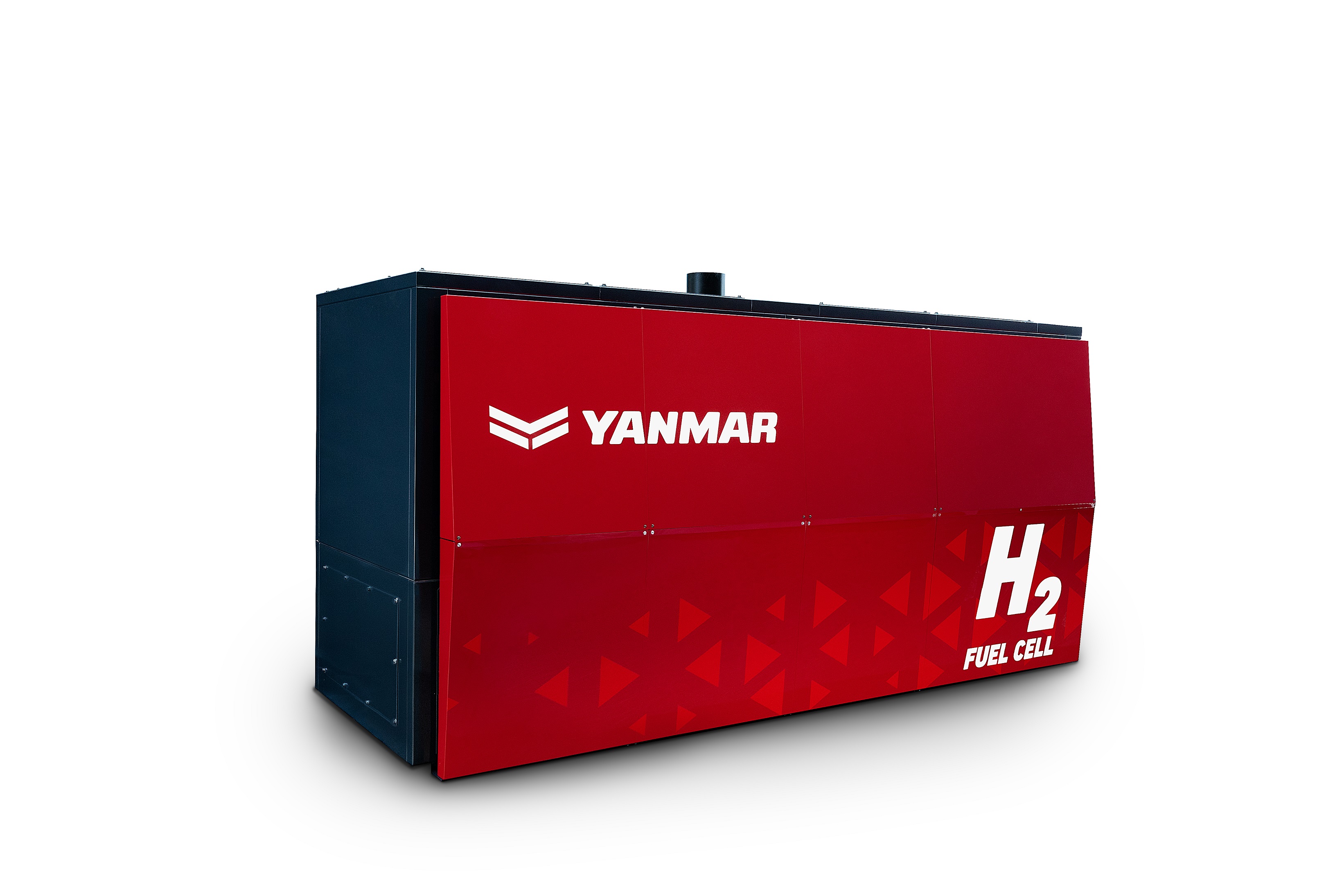Conveyor belt systems have become common in many industries, ranging from manufacturing and food processing to packaging, bottling & canning, print finishing, and construction. This equipment provides quick and easy transportation of materials from one point or another. They’re instrumental in conveying heavy or bulky packages across locations of different elevations.
Cost efficiency is another significant benefit of conveyor belt systems. These machines can significantly reduce the need for human personnel, thereby saving on the associated labor costs. Besides, conveyor belt systems can ramp up productivity by ensuring a steady movement of goods to their loading and unloading points.
But despite their numerous economic benefits, conveyor belts aren’t risks-free. There are always safety hazards to watch out for.
This article shall highlight five common risks associated with conveyor belt malfunctions. But first, let’s start by understanding how these machines work.
Mechanism of Conveyor Belts
Conveyor belt systems typically comprise two or more pulleys, also known as drums. Each pulley consists of a closed loop of carrying medium, which rotates about it. This moving medium is called the conveyor belt, while the entire machinery constitutes the conveyor belt system.
Several materials may be used for the conveyor belts. However, high-quality and durable conveyors are made from a plastic or rubber compound combined with one or more layers of fabric or steel cables.
Now, for a conveyor belt to work, one or more pulleys must be powered. The powered drums are the drive pulleys, while the unpowered ones are called the idler pulleys.
Switching on the machine forces the powered drums to spin. This creates a forward motion, ensuring that all the other pulleys along the belt rotate at the same speed and in the same direction.
How Common Are Conveyor Belt Accidents?
Conveyor belts reduce the need for human personnel. These machines typically require only a few staffers who check on them to ensure that they’re functioning at peak performance. Part of that role entails switching the conveyor belt system off when the equipment is idle to prevent undue energy consumption.
The fact that conveyor belt systems require minimal human interaction has helped minimize work-related injuries significantly. However, reports of conveyor belt injuries are still common in many workplaces worldwide.
Depending on the nature of the accident, it could result in severe bodily harm besides causing serious malfunction to the machine.
Common Conveyor Belt Malfunctions to Watch Out For
1. Conveyor Belt Mistracking
Mistracking occurs when a conveyor belt slips to one side, causing the entire system to shift out of alignment.
The problem can result from numerous factors, including crooked or slanted conveyor frames, crooked belts, and build-up of debris on the belt and pulleys.
If not promptly addressed, mistracking can lead to uneven belt wear, which could trigger a host of other issues with the conveyor belt system.
2. Conveyor Belt Slipping
Conveyor belts need a perfect balance of tension to function correctly. Exerting too little or too much tension can cause the belts to slip.
The head pulley is usually the underlying cause of slipping problems. A breakdown in the head pulley means there’s no longer enough tension to prevent the belt from slipping around. However, belt slipping could also result from overweight load, freezing temperatures, and poorly installed lagging.
Signs of stretching and straining, as well as loud squealing sounds all suggest that a conveyor belt has slipped.
3. Conveyor Belt Tearing and Seam Ripping
Conveyor belts are typically made from a strong material. However, the belt might experience perforations depending on the type of packages you’re conveying.
Sharp and spiky substances pose the greatest risk of tearing your conveyor belts. In some cases, the perforations might result from wear and tear caused by excessive friction from conveying heavy packages.
The seams of your conveyor belt might also rip over time from the stress and tension exerted on the belt. And just like torn belts, ripped seams can lead to costly downtimes in your production process.
4. Seized Rollers
Conveyor belt rollers can seize up from time to time. When this happens, the material tends to develop sharp edges.
The sharp edges can trigger a number of other problems with the conveyor belt system, including causing the belt to mistrack.
Seizing up of rollers is one of the most severe conveyor belt malfunctions. The problem can quickly paralyze your operations, besides posing serious safety hazards to nearby workers.
5. Material Carryback and Spillage
Material carryback occurs when materials build up on the belt. This problem usually results from a blockage in the belt system. It’s common when conveying packages like clay or mineral ores, which tend to leave small amounts of residue behind.
Material spillage, on the other hand, happens when the packages being conveyed accidentally slide and spill off the belt. It’s a common issue along with transfer and load points. And while it doesn’t necessarily indicate a malfunction with the conveyor belt system, material spillage can cause blockage and other issues.
Final Word
Conveyor belt systems are one of the most useful innovations. These machines make work more manageable while also cutting the labor costs of hiring excess personnel.
But despite their resourcefulness, conveyor belt systems aren’t immune to breakdowns. The malfunctions can pose severe risks to staffers and reduce overall productivity. Routine inspections and scheduled maintenance can go a long way in minimizing conveyor belt hazards.







